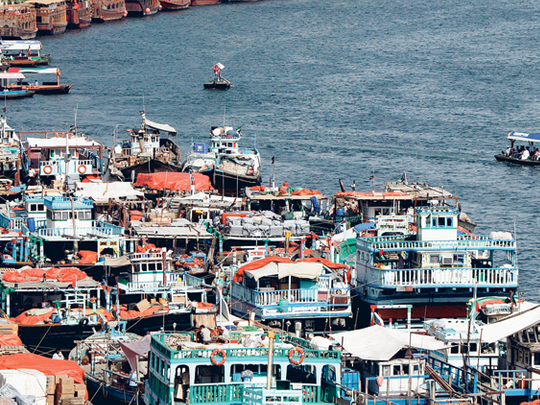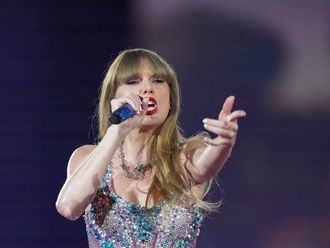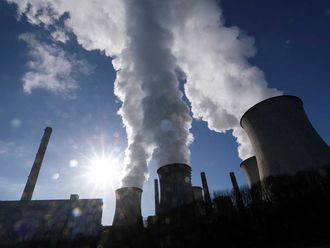
Dubai: Through the floor-to-ceiling glass windows of the 11th floor of the triangular glass-panelled Dubai Chamber of Commerce and Industry building overlooking the Dubai Creek, Hamad Bu Amim eyes the traditional wooden dhows berthed along the wharf.
South Asian workers keep loading Japanese, Korean and Taiwanese consumer electronics destined for Iran, Pakistan and East African countries into these dhows made in the UAE.
Some of these goods will penetrate deeper into these region's growing middle classes and perhaps change the way they live and work.
If this is not globalisation, then what is it?
From a small fishing settlement to a modern and vibrant trading outpost, Dubai has, in just five decades, emerged as a global business centre by serving these economies and helping them grow.
Import
For decades, Dubai has been feeding the hungry consumers of the Gulf, Middle East, South and Central Asia and African continent - by importing goods, repackaging and re-exporting to these destinations. That has been, and remains the story of Dubai.
For a brief period, however, Dubai's economic growth was driven by real estate and construction. However, nearly a year and a half after the global slowdown began, the emirate's economy is going back to its roots trading.
"For us, now, it's back to basics," Bu Amim, the director-general of the Dubai Chamber of Commerce and Industry, told Gulf News in a recent interview. "Trading, logistics and financial services will be the key drivers of our economic growth, going forward."
Tourism
Tourism, which has remained a major player in reshaping Dubai's economy, will continue to play a dominant role.
"However, its growth will be driven by business tourism," he said.
Real estate and construction that had outgrown all other sectors from 2004-2008 due to strong growth fuelled partly by natural demand and partly by speculation that had led to rise in artificial demand, "will no longer be the driver of Dubai's economic growth," Bu Amim says.
"Despite the current econ-omic slowdown, trade continues to grow. DCCI members' trade alone crossed Dh186 billion last year," he said. The Dubai Chamber, which represents the private sector, has more than 100,000 members.
This is nearly the equivalent of Dubai's GDP. However, the Dh186 billion trade excludes imports and exports handled by free zone companies. "Although the value of trade declined by 10 per cent to 12 per cent due to lower valuation and reduction in pricing, the volume grew 25 per cent, which indicates increased bulk re-exports... We concluded 2009 better than expected, thanks to trade."
That's why the Dubai Chamber has focused on creating new markets for traders. It is setting up a number of business councils and business groups to bring in foreign trade delegations to help them understand Dubai better, he said.
- $1.3b total imports of US from the UAE in the first 9 months of 2009
- 24% growth in US imports from the UAE
- $8.8b US exports to the UAE in the first 9 months of 2009
- $10b US exports to the UAE in the first 9 months of 2008












